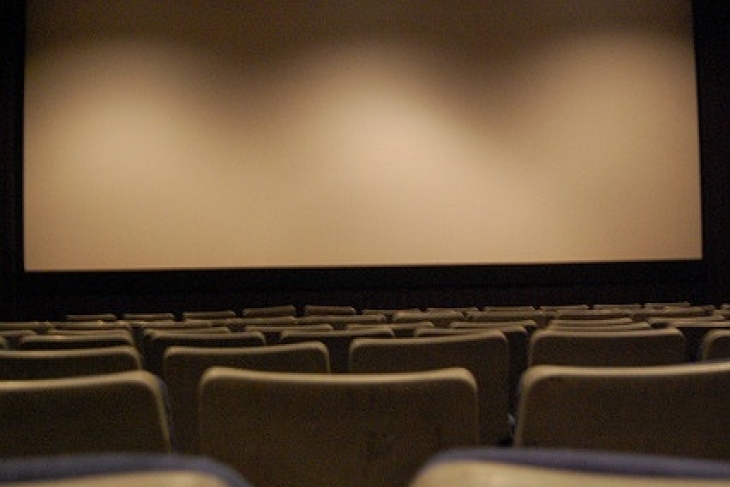Just in time for Christmas, my Fordham colleague Mike Petrilli has left a present under the tree for inquisitive children and busy parents who don’t think the sky will fall if the kids get a little screen time now and again (it won’t).
Over the course of a year’s blog posts, and with the help of several able Fordham interns, Mike curated some of the best streaming web videos on Netflix, Amazon, and elsewhere. He then aligned them with the Core Knowledge Sequence, a robust list of subjects from pre-K to eighth grade that undergirds the curriculum at some of the nation’s most successful schools. These have now been repackaged into a neat little website he’s calling “Netflix Academy.” Homeschoolers for whom Core Knowledge is a subject of near-religious devotion will also be grateful for this resource.
You’ll find videos on science, literature, and U.S. and world history. Click on “Science,” for example, and you’ll see a drop-down menu organized by knowledge domains (aquatic life, mammals, insects, outer space, etc.). Within each domain are direct links to streaming videos from Netflix, National Geographic, PBS, YouTube, and others sources. You’ll also find movie versions of classic children’s book and lots more. It’s entertainment with high caloric content.
“As E.D. Hirsch Jr. has argued for a quarter-century, the early elementary years are the ideal time to introduce children to the wonders of history (natural and otherwise), geography, literature, art, music, and more,” Mike writes.
I heartily agree. The impulse in education is “fewer topics, deeper learning”—better to go a mile deep than an inch wide—and I predict that some kids may wear out Netflix Academy watching every last video about dinosaurs or other topics of youthful obsession. But don’t dismiss the value of broad knowledge about a lot of different things—encourage your kids to sample widely. Common Core Standards correctly position literacy skills as resting on a broad knowledge base. Ditto problem solving and critical thinking and other cognitive skills prized by teachers. It’s simply not possible to think well or deeply about a topic without factual knowledge about that topic. Hence the value of a little judiciously chosen screen time: If it engages kids and builds background knowledge, it’s a good thing (but don’t skimp on vacation reading; even simple texts typically have more sophisticated vocabulary than the speech of college graduates).
Subject matter knowledge is the foundation of reading comprehension. As Kathleen Porter-Magee and I have long argued in this space, reading comprehension is really not a “skill” per se. Once kids can decode fluently, reading comprehension depends heavily on background knowledge—knowing a little about a lot of things makes for strong comprehension, while applying “reading strategies” to texts about unfamiliar topics doesn’t always help. Dan Willingham (speaking of videos) made this case as well as anyone in his YouTube video “Teaching Content is Teaching Reading.”
“By providing a solid grounding in the core domains of human civilization, we are providing two wonderful gifts for our children,” Mike observes. “A store of knowledge that will help them better understand the complexities of our universe as they grow older and a rich vocabulary that will make them strong, confident readers in these early, formative years.”
Indeed. So put your kids in front of Netflix Academy over the holidays and enjoy a few guilt-free hours of adult time. Or watch along with them. You’ll be helping them become better readers and thinkers.

